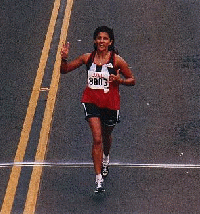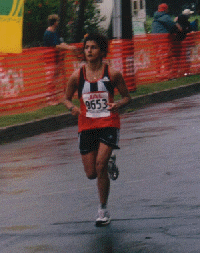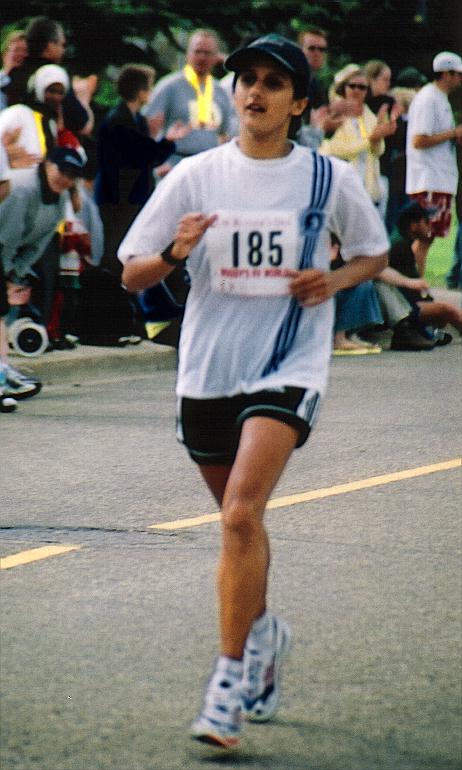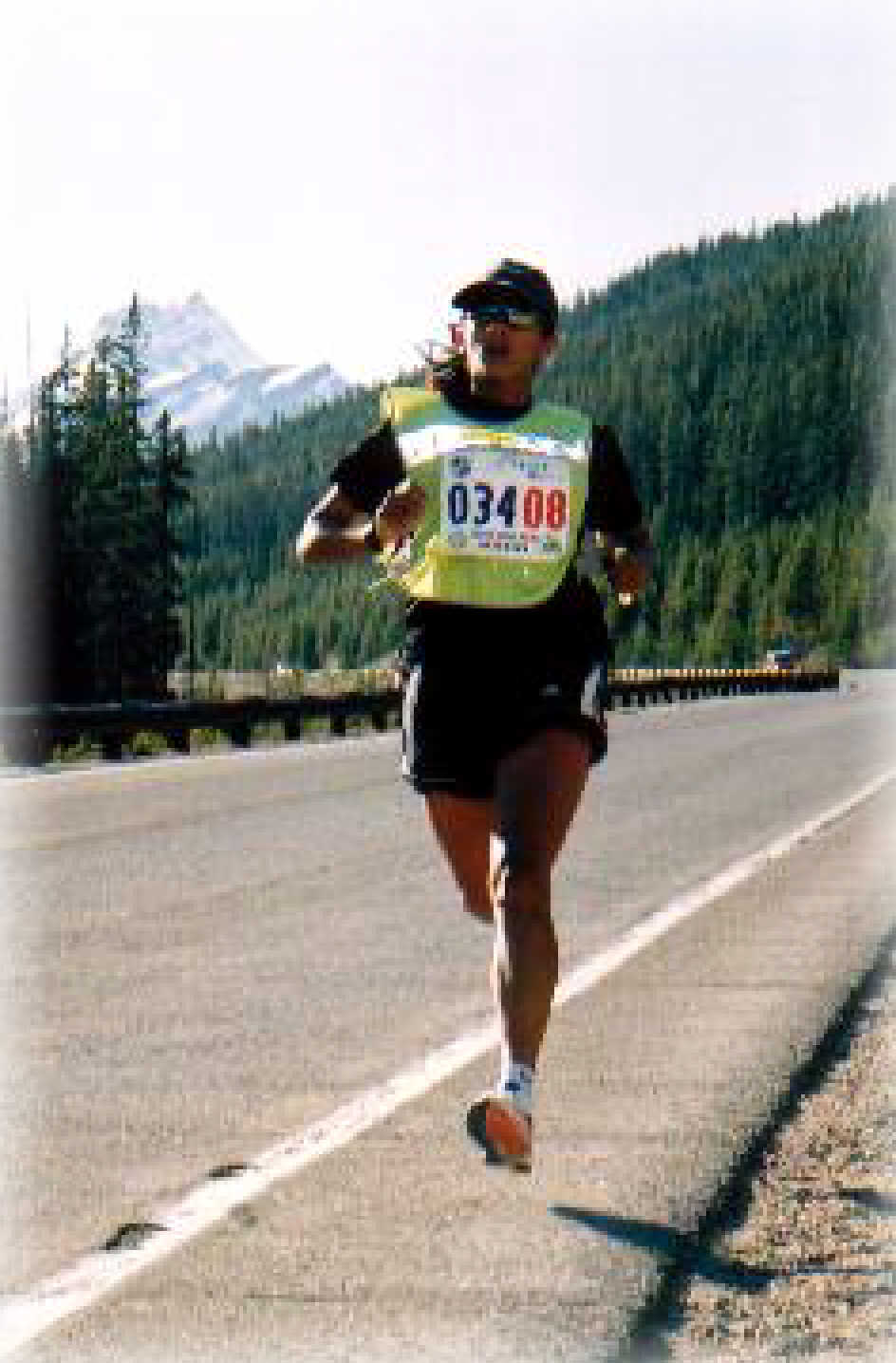| MENU |
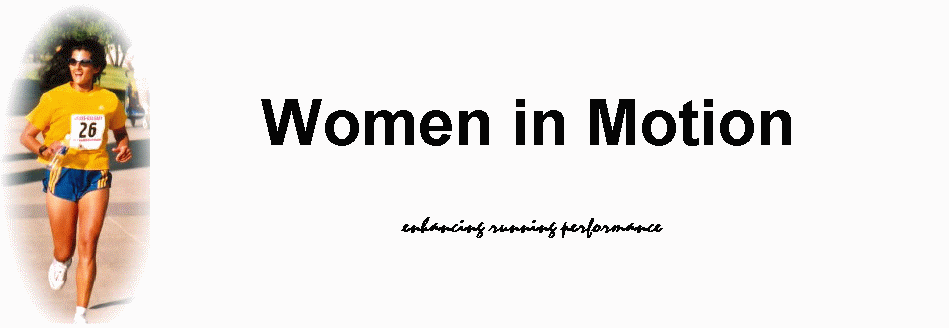
The selection of a running shoe is a key factor in the prevention of injury. When one
considers that a force three to five times greater than body weight is placed on the feet
and that this force travels up through your leg during running, the importance of a proper
shoe fit is crucial. The correct running shoe will not only meet the needs of the runner
but may improve performance.
When you run, each foot absorbs the impact of up to How Do The Feet Run?
When running, after the heel strikes the ground the foot pronates by rolling inward
and then flattening out. At this point the foot then supinates when the weight is
transferred to the ball of the foot and the foot rotates outwards. This action allows a
forward motion to take place.
Some individuals overpronate when others oversupinate. Overpronation is the more
common occurrence.
The Overpronator
The Oversupinator
The Overpronator
The Oversupinator
Neutral Runner
The selection of a running shoe is one of the most important factors in running. Some runners have a closet at home filled with shoes that turned out to be incorrect for their running needs. It takes time and experience to finalize on the correct shoe fit for you. Shoes ordered through mail-order can end up being either ill-fitting or overpriced (adding on shipping, exchange and taxes). Discount shoe stores offer discontinued models (for various reasons) and staff that are not knowledgeable about the needs of runners. To limit the search for the correct shoe, and to get the best advice possible, a local grass- roots running store is your best bet. Knowledgeable staff who are runners can assess your running style and can narrow down the shoe models. The highest priced shoe is not necessarily the best fit for you and a low priced clearance shoe may not be that bargain after all. Set aside time for your shoe purchase. At least one hour or more will provide the time needed to assess several manufacturers and their models. You need to run and walk with each pair of shoes. It may be necessary to retry pairs of shoes. Do not let yourself be rushed into a decision. If you have an old pair of running shoes, bring them in as they will indicate how you run. Wear a pair of running socks. Discuss with the store staff your running history, where you run, your goals and any injuries you have suffered. A sale person should measure your shoe size, width and foot type. This will determine what kind of shoe will work for you. In fitting a shoe, pay attention to pressure points as these may produce blisters and pain when running. A loose shoe will slip and this will also cause blisters. A snug fit will give you a feeling of security but will not cause discomfort. © Women in Motion This page revised on September 21.2000. |

